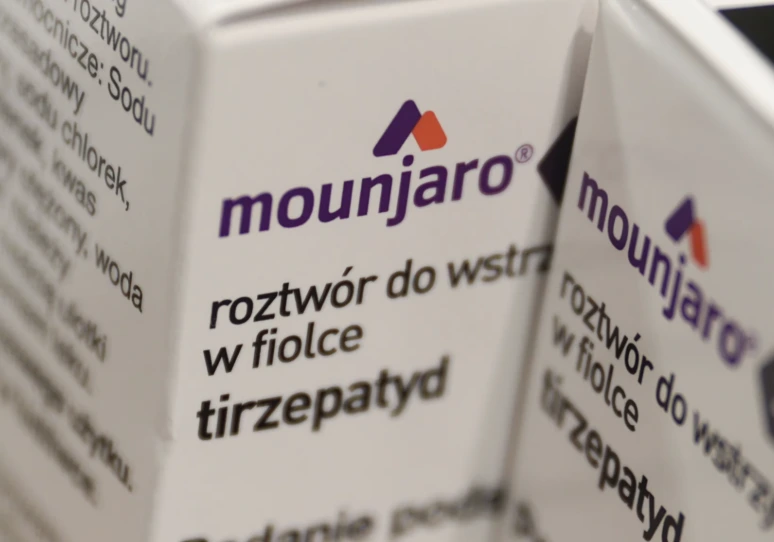
The 100-50 Method for Weight Loss Explained
The 100-50 Method has gained popularity as a flexible and sustainable weight loss strategy. It’s simple, adaptable, and encourages steady weight loss without rigid diets or intense restrictions. Let’s explore what this method entails, how it can support weight loss, and practical tips to incorporate it into your lifestyle.
What Is the 100-50 Method?
The 100-50 Method is based on daily calorie reduction in manageable increments. It involves reducing your daily calorie intake by 100 calories for a few weeks, then increasing it back up by 50 calories in the following weeks to prevent your body from adjusting too quickly to lower calories and slowing your metabolism. This cycle of gradual reduction and increase helps keep your metabolism active while supporting a gradual, sustainable weight loss.
How the 100-50 Method Works
- Gradual Calorie Deficit: Begin by cutting 100 calories from your daily intake. Small changes like this are easier to maintain and are less likely to lead to feelings of deprivation.
- Regular Reset Periods: After following the 100-calorie deficit for two to three weeks, return to a 50-calorie increase for one week. This small reset helps prevent your metabolism from adapting to lower calories, keeping fat-burning processes more efficient.
- Focus on Nutrient-Dense Foods: Prioritizing nutrient-dense, low-calorie foods like vegetables, lean proteins, and whole grains is key to maintaining energy levels while reducing calorie intake.
Benefits of the 100-50 Method
- Sustainable: Unlike extreme diets, this method supports a gradual reduction that is less likely to result in muscle loss, fatigue, or rebound weight gain.
- Minimal Impact on Lifestyle: Cutting 100 calories is manageable and doesn’t usually require major lifestyle or dietary changes, making it easier to stick to in the long term.
- Prevents Metabolic Slowdown: By resetting with the 50-calorie increase, you help your metabolism stay active, preventing plateaus and maintaining steady progress.
How to Get Started with the 100-50 Method
Step 1: Calculate Your Baseline Calorie Intake
Begin by determining your daily calorie needs. You can do this using an online calorie calculator, which factors in age, gender, weight, activity level, and goals.
Step 2: Start Small with the 100-Calorie Reduction
Find easy ways to cut 100 calories, such as:
- Swapping sugary drinks for water or low-calorie options.
- Reducing portion sizes of higher-calorie foods like dressings or spreads.
- Choosing low-calorie snacks, like a handful of almonds instead of chips.
Step 3: Integrate Regular Exercise
Incorporate regular physical activity like walking, jogging, or weightlifting to complement your calorie reduction. Exercise boosts metabolism and preserves lean muscle, supporting weight loss without compromising energy levels.
Step 4: Track Your Progress
Use an app or a journal to track your calorie intake and make adjustments as needed. Monitoring your progress helps you stay motivated and identify which small changes work best for your body.
Sample Meal Adjustments for the 100-50 Method
To help you get started, here are some meal adjustments to achieve a 100-calorie reduction:
- Breakfast: Substitute 1 cup of whole milk with 1 cup of almond milk (-100 calories).
- Lunch: Use mustard instead of mayonnaise on a sandwich (-100 calories).
- Dinner: Replace one serving of pasta with an extra cup of vegetables (-100 calories).
- Snacks: Swap a bag of chips for an apple (-100 calories).
Tips for Staying Consistent
- Plan Ahead: Planning meals and snacks can help ensure you make small, sustainable calorie cuts without feeling deprived.
- Stay Hydrated: Drinking water regularly can help manage hunger cues, especially if you’re working on cutting back on higher-calorie drinks.
- Practice Mindful Eating: Eating slowly and paying attention to hunger and fullness cues can help prevent overeating, making calorie reduction more manageable.
Frequently Asked Questions (FAQs)
1. How much weight can I lose using the 100-50 Method?Weight loss varies depending on individual factors, but generally, you can expect a gradual weight loss of 0.5 to 1 pound per week.
2. Is the 100-50 Method suitable for everyone?Yes, it’s suitable for most people because it involves a moderate calorie reduction without drastic dietary restrictions. However, those with specific health conditions should consult a healthcare provider before starting any weight loss plan.
3. Can I adjust the calorie reduction if I don’t see results?Yes, you can experiment with slightly higher or lower reductions based on your progress, but keep adjustments gradual to avoid drastic metabolic slowdowns.
The 100-50 Method offers a flexible, achievable way to lose weight over time. By focusing on gradual calorie adjustments and preventing your body from hitting a plateau, it helps you stay on track without feeling overwhelmed by restrictive dieting. Give it a try, and you may find this approach easier to integrate into your daily routine while supporting sustainable, long-term weight loss.







































